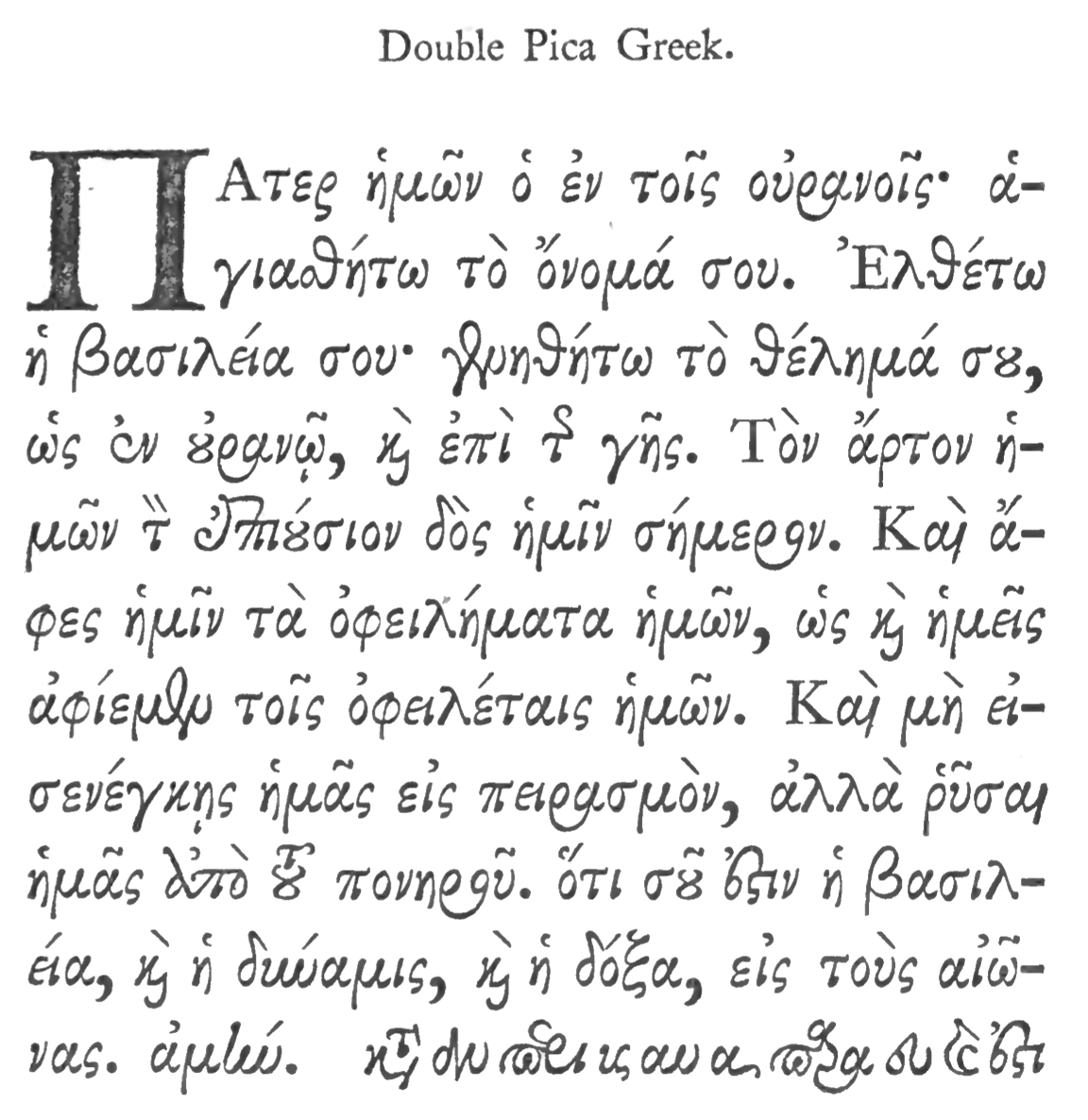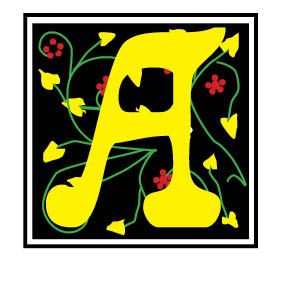A Bible Typography Manifesto
A Bible Typography Manifesto. The Manifesto Below was crafted by Mark Ward (See BLOG Post "Good Bible Typography" Nov 10, 2021). It says what I have been thinking about as both a theologian and typographer. I will then offer some of my own comments —
"BIBLE TYPOGRAPHY MANIFESTO
https://byfaithweunderstand.com/bible-typography-manifesto/
WHEREAS
- typography is a major but often overlooked source of meaning, for good or ill, in any book,
- and Bible typography, in particular, has long been shackled by unexamined custom and consumer forces rather than shaped by readers’ best interests,
- and chapter and (especially) verse divisions have a comparatively brief history among God’s people,
- and prooftexting and other forms of hermeneutical atomism—which are abetted by a versified rather than a paragraphed Bible—are still rife among Christians,
- and computers have made good typography easily achievable,
- and computers have put extensive Bible study materials literally in the pocket of countless believers,
WE, THE UNDERSIGNED, DO HEREBY CALL UPON ALL BIBLE PUBLISHERS THROUGHOUT THE WORLD TO
- limit the number of Bible editions published in two-column formats, and
- begin publishing most Bibles in paragraphed, one-column formats.
These two items form the heart of our polite demands—but here are a few more for good measure, specifically directed at American Bible publishers:
- Publishers and readers alike must add a fundamental binary category to their thinking about Bible publishing: study editions and readers’ editions. Americans have enough money to have both kinds (and they also typically have access to computer resources for Bible study), so Bibles should cease trying to compromise between these two major categories of Bible usage.
- Study Editions should have superscript numerals and letters referring readers to other parts of Scripture and to explanatory material. They should still be set in a single column, but should include as much useful information for the Bible student as possible.
- But Readers’ Editions should be free of these intrusions. Readers Editions should, in fact, have nothing but the text, set in paragraphed formatting common to other serious non-fiction. Verse numbers, ideally, would be omitted in these editions. They might possibly go in the margin as an acceptable compromise, and a verse range can certainly be put in the header for each page, but anyone who needs to look up a particular verse can use a study edition or a computer/smart phone. (The Books of the Bible project is a good example of a Reader’s Edition. Update, 2014: Partly as a result of this manifesto, Crossway now offers an ESV Reader’s Edition.)
- Within the two categories above, feel free to produce as much useful variation as possible: wide margins, journaling editions, preachers’ Bibles, etc.
- Pay attention to typography. Pay actual designers to lay out your Bibles. There are standards for ideal line length, type size, and leading that have been established over the centuries. Lexicon is a exceptionally good typeface for Bible publishing.
- Do not try to sell Bibles by including cutesy material that undermines the gravity of the text—or edgy, worldly material that undermines its holiness. Bibles should not look like teen magazines or gift-store kitsch. The medium is part of the message.
We are aware that evangelical Christians will be suspicious of any changes to The Way Things Have Always Been. But it’s time to learn a lesson from Steve Jobs, who didn’t know he was speaking about Bible typography when he said, “It’s really hard to design products by focus groups. A lot of times, people don’t know what they want until you show it to them.” Jobs has proved that beauty of form actually enhances usefulness of function.
The particular function Readers’ Bibles will serve is keeping the flow of thought going for Bible readers. The paragraphs will break up the thought where the thought itself breaks instead of at fixed intervals (as in our current system), and the single-column format—along with appropriate modern typographic conventions—will say “narrative” or “letter” (etc.) rather than “reference book,” as double-columns do. Treating the Bible like a reference book to the exclusion of Story has been one of the cardinal errors of evangelical interpretation.
As John Frame points out (DKG, p. 197), not all prooftexting is wrong; but plenty is. And double-column, non-paragraphed Bible text invites it, because it causes readers to think of “verse” as the fundamental unit of scriptural statement. Witness the evangelical predilection to include logical connectors when quoting a verse, despite the fact that they are unnecessary and confusing when quoted alone: “But God commendeth His love toward us… (Rom 5:8).” Unversified text would invite readers to think of familiar verses as parts of paragraphs and overall discourses.
We, the undersigned, commend some publishers, especially Crossway Biblesand Cambridge Bibles, for their sense of creativity and beauty in Bible typography. These have also led the way (along with companies like R. L. Allan) in innovative use of new and old materials for beautiful, flexible, and lasting Bible covers—and in printing methods which allow, for example, rich color on thin Bible paper.
THE UNDERSIGNED
MARK LEE WARD, JR., B.A. Bible/Art, M.A. Bible, Ph.D. New Testament
DUSTIN BATTLES, B.A., M.A., M.Div.
ANDREW DAVID NASELLI, B.A., M.A., Ph.D.2
BRIAN CURTIS COLLINS, B.A., M.A., M.Div., Ph.D. Theology
Comment on this page to become one of the undersigned.
Update (03/07/2012): The manifesto review committee now believes one line in the initial language to be unjustifiably intemperate (even though the whole format is tongue-in-cheek): “Immediately cease publishing Bibles in two-column formats.” Two-column formats do allow for smaller Bibles to be printed, and there may be other specialized reasons for having them. However, it is still the opinion of the committee that their predominance is unfortunate and unnecessary.
Update (10/25/2013): The manifesto has been heard!
Update (7/24/2014): A groundswell is building."
My comments. There are several areas of concern I have always had in Bible typography and understanding. The first is the verse-by-verse atomistic reading, preaching, commenting and study that follow verse divisions and separates single ideas without giving full credence to context. Too many sermons, articles, books and study guides have been written and given without adequate consideration of the whole Bible context of a verse or thought. The Bible is the history of God's redemption of his people, and it is supposed to flow and develop and be read as a developing story until the end of the Book in Revelation. That is unfortunately rarely done, even with seminary trained and schooled church people.
The second note is the lack of due typographic standards in the setting and printing of the biblical text. Proper typographical line length, type size, leading, and typefaces that have been established over the centuries of good typography are ignored and shuttled to the side for what is supposedly dramatic and consumer driven. Clean lines and readable, legible and clear text are sometimes missing in printed Bibles. This does not have to be so, given the wealth of good typographers and typographic standards we have available. Use them. Obey them.
The third note is to get away from the cutsy, market driven Bible printing and distribution craze that has infected our churches and ministries — "that undermines the gravity of the text—or edgy, worldly material that undermines its holiness. Bibles should not look like teen magazines or gift-store kitsch. The medium is part of the message." This says it well. Children's and youth Bibles and teen editions and cute women's Bibles and supposedly tough "men's" versions litter the marketplace. Stop! This is God's Word that we are talking about, not some dime-store novel to play with and adapt at a whim. The argument for "relevancy" grows quite thin here.
I am a signatory to this Manifesto. Will you join me?
Successful Layout & Design



